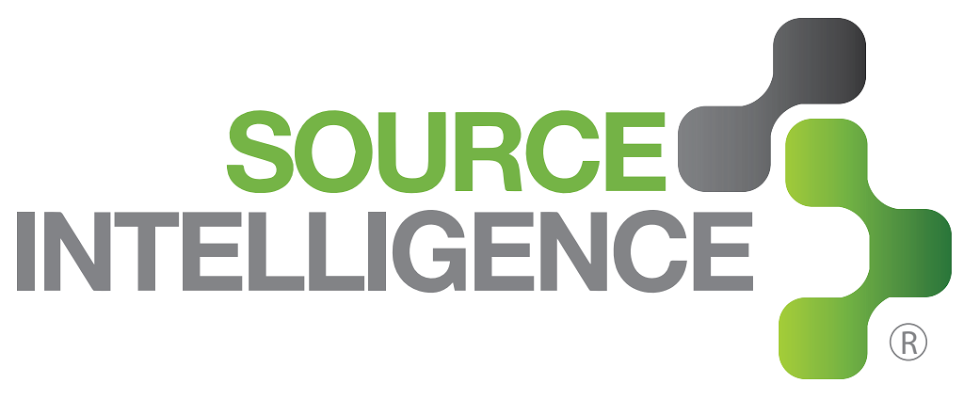Human Rights Take Front and Center in the Company Board Room
Conflict Minerals Due Diligence Examined.
It’s that time of year. Annual meeting of Shareholders season is in full swing, and across the globe, meeting minutes are including something along the lines of: “RESOLVED, stockholders of Company X will Identify Human Rights Risks in the Supply Chain”.
From a purely business perspective, the goal is to manage the risk of human rights violations due to the risks to shareholder value posed by human rights practices in their operations and supply chain.
However, a greater risk is emerging. Never before has the court of public opinion against human rights violations been heard so loud and clear. Supply chain transparency and the ability to trace, identify and eliminate unwanted practices in a global brand’s supply chain is no longer an option but a necessity for global brands intent on protecting their reputations.
The Dodd-Frank Section 1502 reporting requirements to publicly disclose the origin of tin, tantalum, tungsten and gold (3TG) used in products is aimed to address conflicted practices including, among other things, the human rights violations associated with mining of these minerals.
Supply chain due diligence is an expensive and complex undertaking that should be approached with cost-efficiencies in mind. One of the first steps in the process is to determine which products are “in scope” or expose your company to risk.

